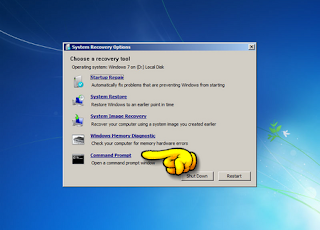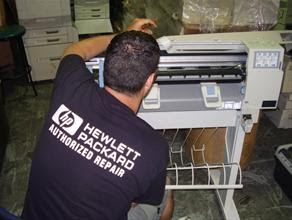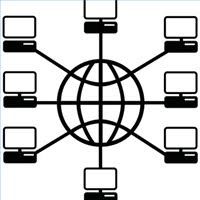Home Computer Repair Do's and Don'ts
As time has evolved over this last decade from 2001 to 2010, our everyday use of computers has increased. We rely on them for more than ever before, and trying to keep them up to date and running smoothing can prove to be more of a chore than actually using it and enjoying it. Regardless if we overlook the general maintenance on our computers, it can prove to be as bad, and as expensive, as if we neglect doing the general maintenance on our cars. The problem is in these days of economic crisis, we have less money to spend to have professionals do the work on our computers, and we take it upon ourselves to try to maintain them and even fix them. I'm here to give you some general do's and don'ts to avoid any severe mistakes that could lead to you being without your computer for a few days, while your local professional fixes your mistakes.
1. Do get yourself a can of compressed air, or a shop vac and clean the dust out of your pc once a month. This helps keep the fans clean and functiong properly, it also makes sure your system is just clean and running smoothly. It fairly easy and not a lengthy process to pop off two screws, remove the side cover and finish rather quickly.
Don't suck up half your computer wires if you choose to use a shop vac. Just be smart and careful and keep your eye on wires. Would suck to have to dig your processor out of the bottom of the shop vac.
2. Do get a spy-ware/virus scan software like SuperAntiSpyware or Malwarebytes AntiMalware. These two free tools can save you from even some of the worst viruses and at the same time save you from the professional fees that are being charged.
Don't neglect to do this once a month. Spy-ware and other rogue Trojans can hide in your system and slow your computer way down. It's better just to run these free scans and keep your computer free from all the garbage that is picked up by surfing and downloading on the Internet.
Article Source: http://goo.gl/N2w7c
1. Do get yourself a can of compressed air, or a shop vac and clean the dust out of your pc once a month. This helps keep the fans clean and functiong properly, it also makes sure your system is just clean and running smoothly. It fairly easy and not a lengthy process to pop off two screws, remove the side cover and finish rather quickly.
Don't suck up half your computer wires if you choose to use a shop vac. Just be smart and careful and keep your eye on wires. Would suck to have to dig your processor out of the bottom of the shop vac.
2. Do get a spy-ware/virus scan software like SuperAntiSpyware or Malwarebytes AntiMalware. These two free tools can save you from even some of the worst viruses and at the same time save you from the professional fees that are being charged.
Don't neglect to do this once a month. Spy-ware and other rogue Trojans can hide in your system and slow your computer way down. It's better just to run these free scans and keep your computer free from all the garbage that is picked up by surfing and downloading on the Internet.
Article Source: http://goo.gl/N2w7c
 RSS Feed
RSS Feed Twitter
Twitter








